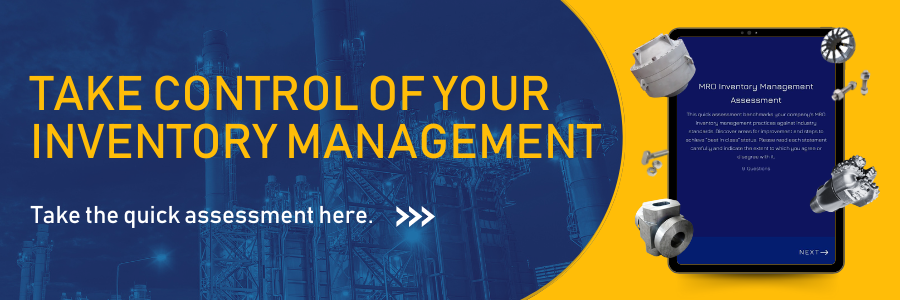Waiting, waiting….It’s been a week and still waiting and I am still waiting.
The Value of Value Stream Mapping
I was recently a part of a Value Stream Mapping project for a company. During my discussions with process owners, one of the main complaints was time. More specifically, time to close out certain business activities.
From purchase order creation, approval for expenditures, item master/material number creation through the accounts payable process users, vendors and customers were frustrated with the time it took to complete a transaction. During the review, we took one year’s worth of data and provide some feedback on transactional time for certain processes. Here are some quick findings:
- On average, it took 15 days to approve a purchase requisition
- On average, it took 35 days to get a purchase order approved after the requisition was approved
- Average wait time for an Approval for Expenditure to go thru the approval cycle was 32 days
- After an invoice was submitted and it met the 3-way match criteria, it took an additional 15 days to be processed
- On average, it took 5 days to create an Item/Material Master number so users could create their requisition
- To process a PO, it took on average 5 minutes and 35 seconds to create, update, assign and send the PO.
- Using these averages, it was possible that a new item that needed to be ordered could take over 102 days, not including vendor delivery lead time.
Internal users and customers encountered multiple “time traps” that they considered black holes during the Value Stream Mapping process. Now if you’re a customer being affected by these processes would you enjoy waiting this long? Think of our times in the airport waiting for a flight or in a restaurant waiting for someone to take your order. All of us have experienced these side effects of time traps due to process variation. These effects exist in our work environments, too. How do you fight these time trap battles to increase your supply chain speed? Here are a few questions ask the people involved to see if these time traps can be attacked:
- Does this task enhance the value of the product or service for your customer?
- Does this task create a competitive advantage?
- Would a customer pay for this service or does it create a downstream value that prevents an additional cost to the product or service?
- Is this task a governmental requirement or law?
- Was this task created to prevent financial risk to the owner? If so, is it still valid?
- Is this task part of a financial reporting requirement?
- Would this process breakdown if this task was removed from the process?
- Does that task include any non-value-added activities including but not limited to inspecting, transporting, moving, staging, storing, and multiple approvers? (Too many to write down!)
- If we look at our global or regional structure, if we took these processes out, would we reduce holding area or redistribute workload? Could we reduce the number of distribution centers, 3PL firms or services we use to assist us in functions that assist us with our backlog?
These questions can be modified to suit your business. It doesn’t matter what organization you are a part of, a value stream mapping exercise can help you identify your time traps and allow your process improvement folks to work with others inside your firm to address these issues and set the project priorities.
Inventory Management Solutions
Asset Management Solutions
Distribution Management Solutions
Project Management Solutions




